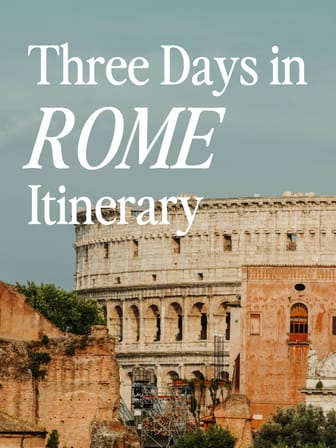Palatine Hill
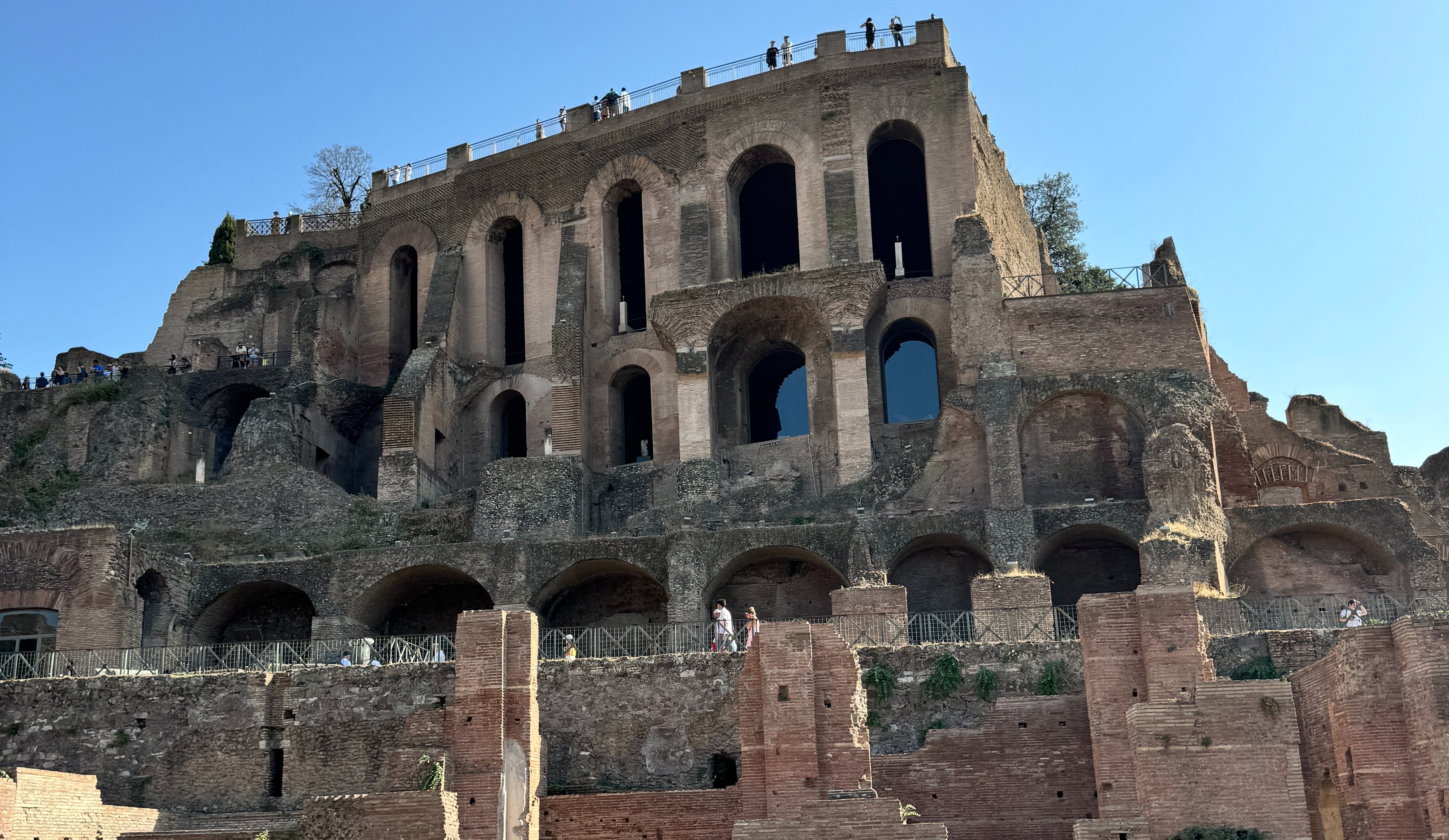
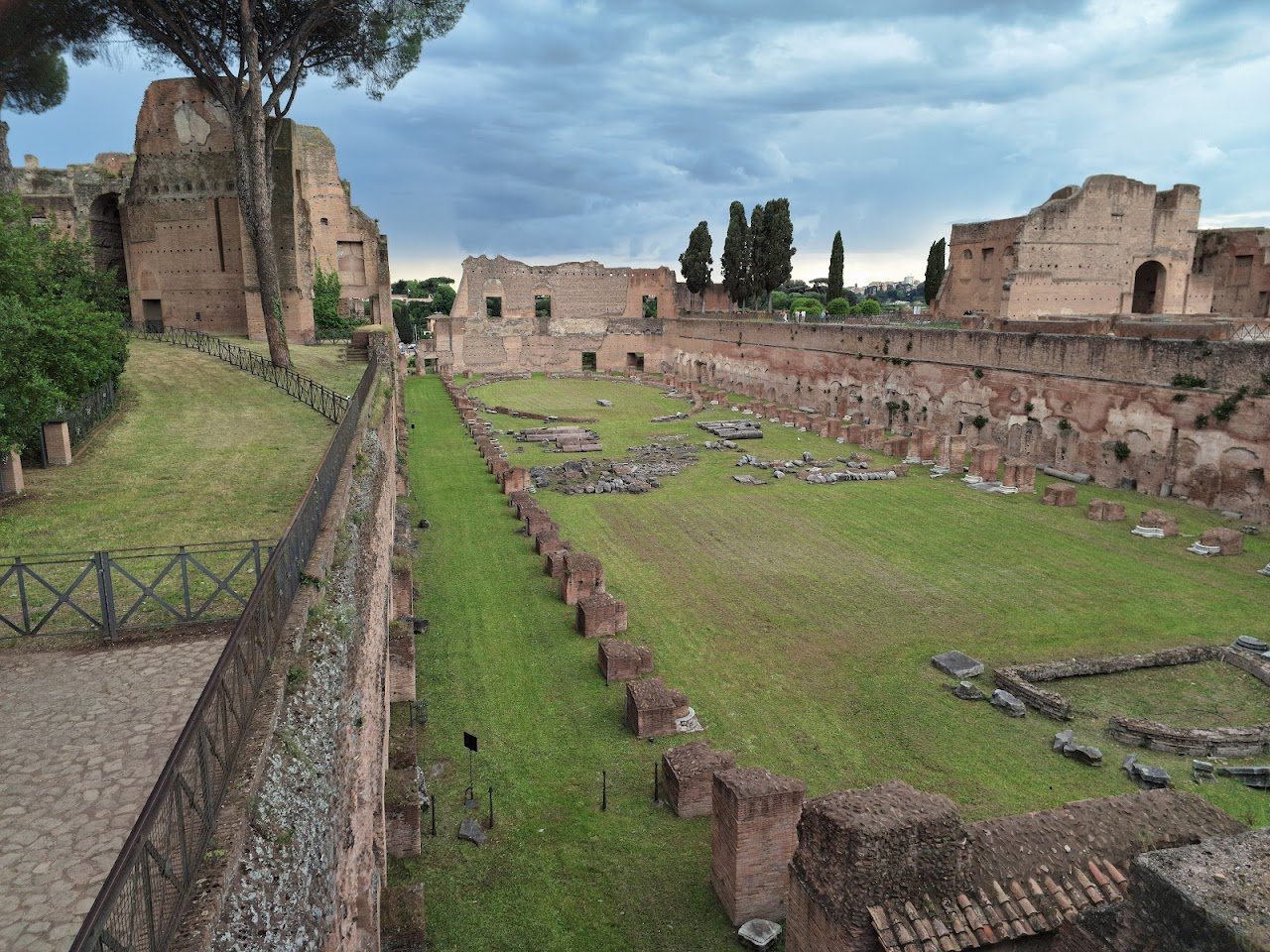
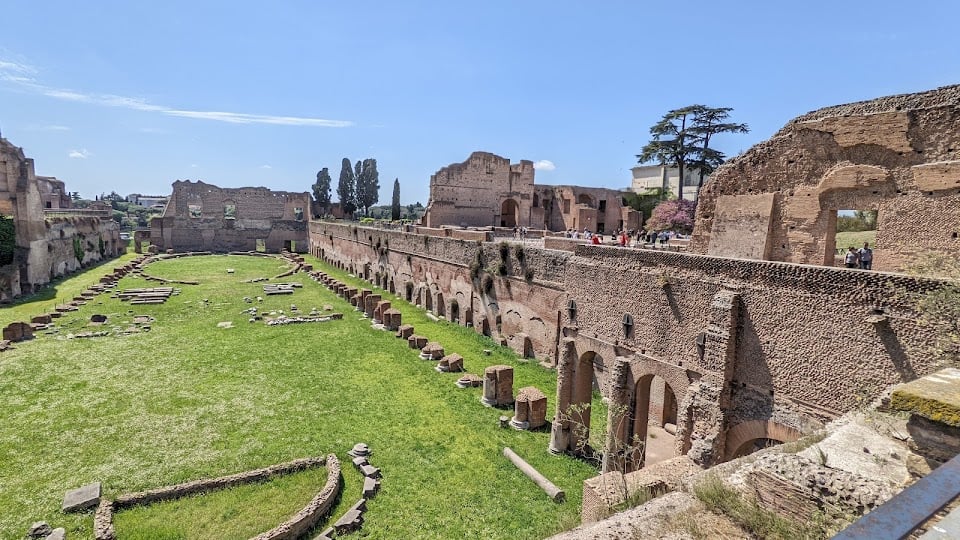
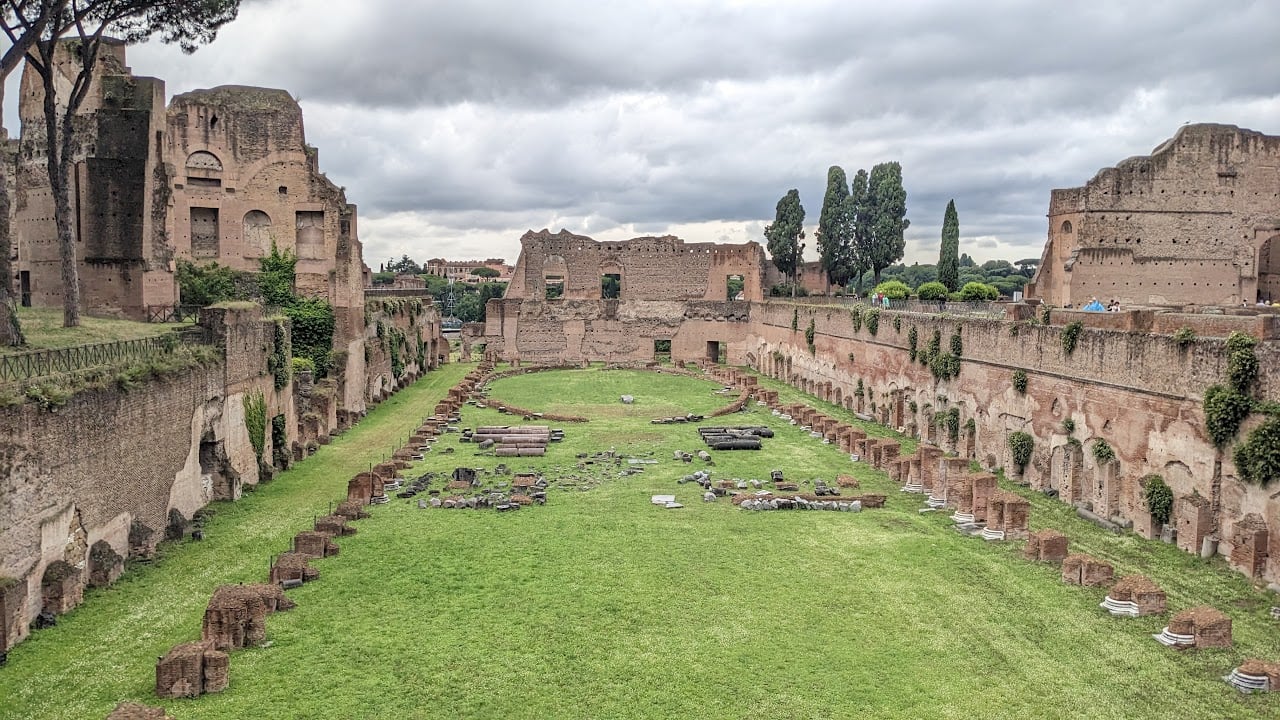
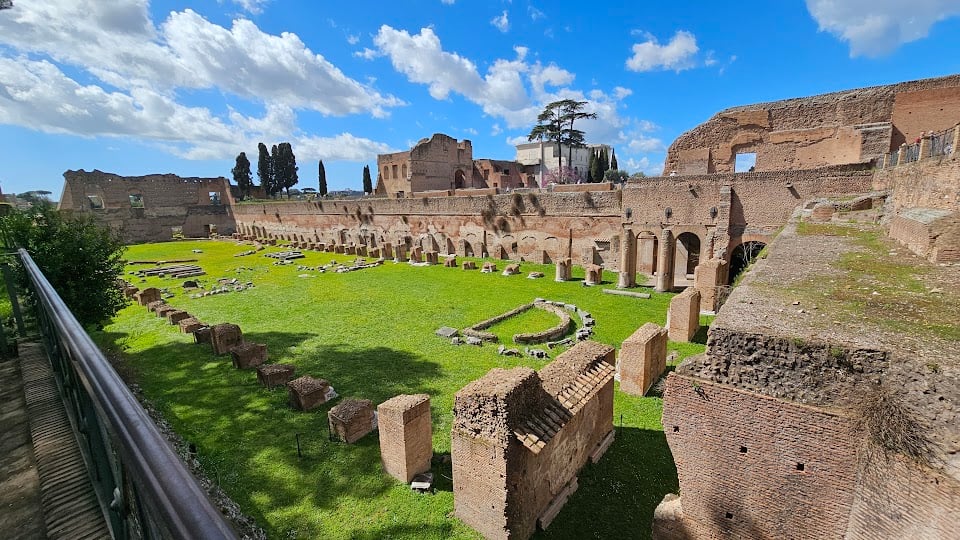
Ask ThatchGPT
Suggest a local expert to plan my trip
Suggest an unique itinerary for my Rome trip
What foods do Rome locals eat
What are some true hidden gems in Rome
Help me brainstorm trip ideas for Rome
Help me plan a family-friendly trip to Rome
What people say
Pedro Pereira
Available for hire
"Ascending the Palatine Hill is like climbing the steps of time itself. This verdant oasis, one of the seven hills upon which Rome was founded, isn't just another historical landmark; it's a place where myth and reality intertwine, offering a glimpse into the very cradle of the Roman Empire.
Legend tells the tale of Romulus and Remus, the city's founders, being suckled by a she-wolf at the foot of the Palatine. While the historical details may be fuzzy, archaeological evidence confirms settlements on the Palatine Hill date back to the 10th century BCE, solidifying its place as a central location in Rome's earliest days.
During the Roman Republic, the Palatine Hill transformed into a prestigious neighborhood. Imagine wealthy citizens strolling through gardens adorned with statues and fountains, their luxurious residences boasting panoramic views of the city below. Grand Republican houses like the House of Livia, with its exquisite frescoes, offer a glimpse into the lives of the Roman elite.
As the Roman Empire rose to power, the Palatine Hill became the ultimate symbol of status. Emperors like Augustus, Tiberius, and Domitian constructed extravagant palaces atop the hill, forever altering the landscape. The sprawling Palatine Palace, a complex of structures and gardens, housed not only the imperial family but also the heart of the Roman government. These weren't just residences; they were centers of power, administration, and the embodiment of imperial authority.
Today, the Palatine Hill is an archaeological park, where visitors can wander among the ruins of these once-grand palaces. Stand on the very spot where emperors like Augustus strategized conquests or imagine lavish banquets held in the opulent halls. As you explore the remnants of the Domus Flavia, the private residence of the emperor, let the weight of history settle in.
The Palatine Hill isn't just about emperors and palaces. The Farnese Gardens, a delightful Renaissance addition, offer a tranquil escape amidst the ruins. Stroll through manicured hedges, admire the trickling fountains, and take in the breathtaking vista of the Roman Forum – a powerful reminder of the city's glorious past."
Read more in:
Monica Mikhail
"The Palatine Hill is one of the seven hills of Rome and is considered one of the most ancient parts of the city. It is located in the center of Rome, overlooking the Roman Forum and Circus Maximus. According to legend, the Palatine Hill was where the city of Rome was founded, and it was a favored spot for wealthy Roman families to build their homes. Over time, the hill became an important center of political and religious power in ancient Rome. Today, the Palatine Hill is a popular tourist attraction and is home to several impressive archaeological sites and ruins, including the Palace of Domitian, the House of Augustus, and the Farnese Gardens. Visitors can also see the remains of the Stadium of Domitian, an ancient stadium that was used for athletic competitions and other events. One of the most impressive sites on the Palatine Hill is the Flavian Palace, which was built by the Emperor Domitian in the 1st century AD. The palace was decorated with intricate frescoes and mosaics, many of which have been preserved and can still be seen today. The Palatine Hill is also home to several beautiful gardens and parks, which offer stunning views of Rome and the surrounding area. It's a popular spot for locals and tourists alike to go for a walk, have a picnic, or simply enjoy the peaceful surroundings."
Read more in:
Ashley Federoff
Available for hire
"Beginning with the first Roman emperor Augustus, many emperors built their residences here with well-preserved frescoes, mosaics, and sculptures remaining today.
Traveling back even further, archaeological excavations uncovered some of the earliest evidence of human settlement, dating back to dwellings from the 10th century B.C.
Even before that, Roman mythology details this as the site where Romulus founded the city of Rome in 753 B.C. after being abandoned with his twin brother and raised by a she-wolf in a cave on the Palatine.
No matter which origin story you believe, you’re guaranteed to find the best panoramic views of Rome from this vantage point, with the hill in view of the Roman Forum, the Circus Maximus, the Colosseum, and other key ancient landmarks.
Tour the Roman Forum and Palatine Hill daily from 9:00 AM - 7:15 PM, except on Saturdays when the Forum closes a bit earlier at 5:30 PM. "
Read more in:
Mentioned in these guides
About Palatine Hill
Get the inside scoop on Palatine Hill from local experts, travel creators, and tastemakers. Browse genuine trip notes, Palatine Hill reviews, photos, travel guides, and itineraries from real travelers and plan your trip with confidence.
Save this spot for later or start mapping out a new trip today
Try our AI Travel Assistant and get instant answers to any questions about your trip.
Ask ThatchGPT


